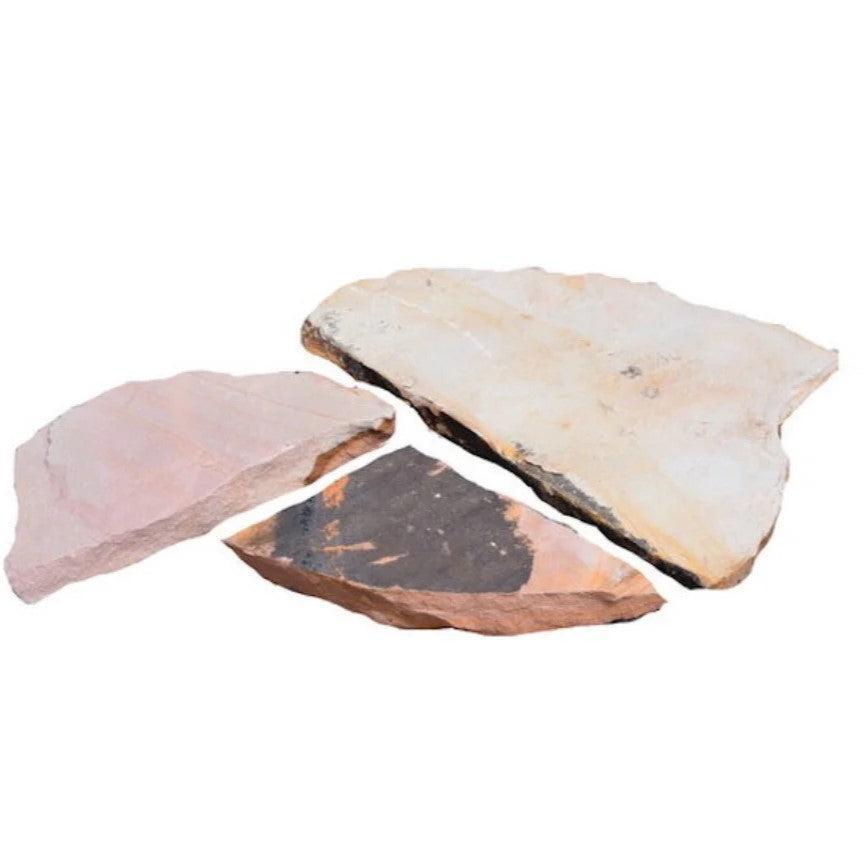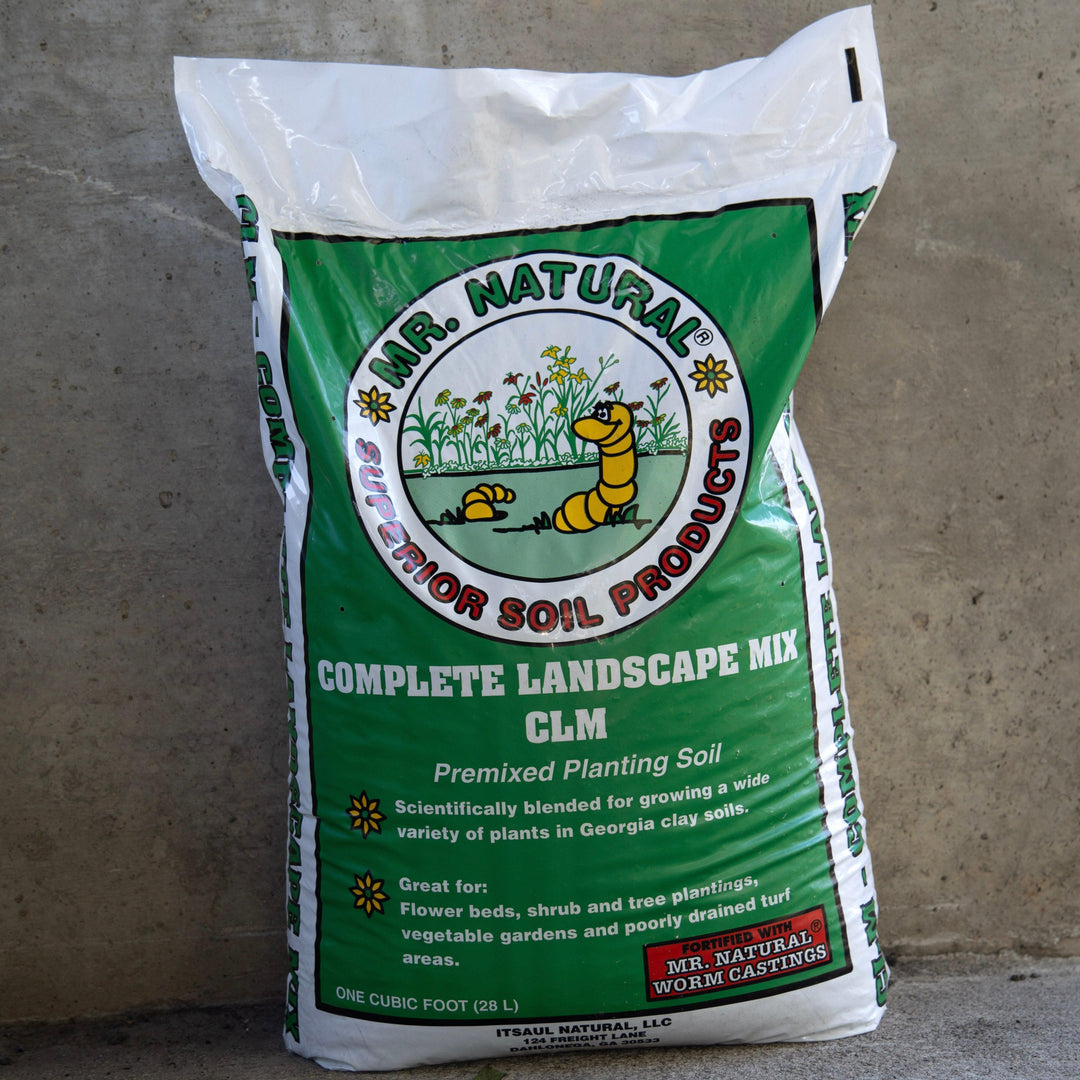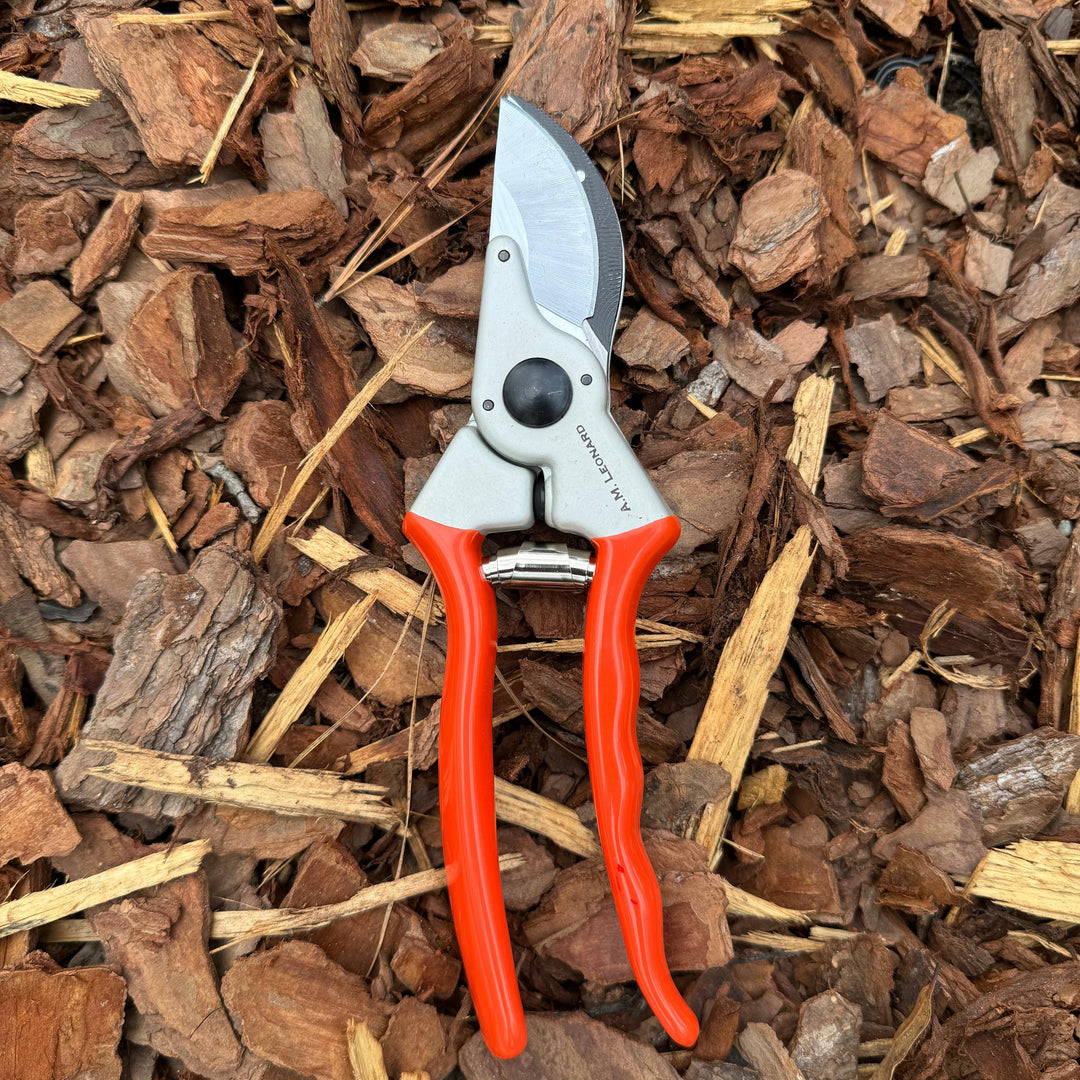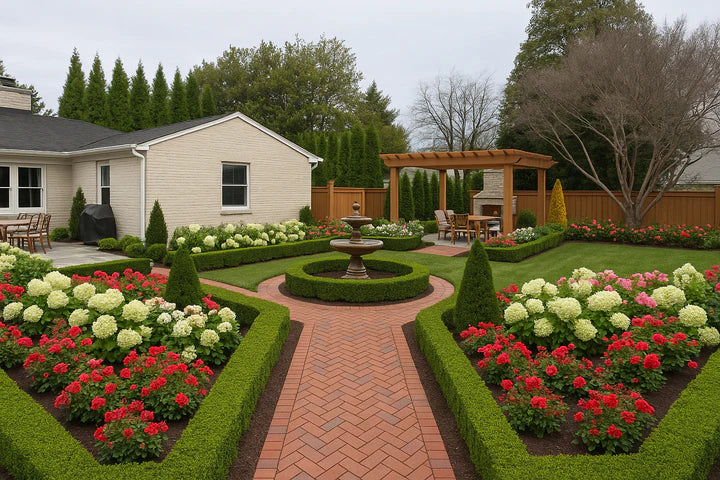Exploring the Colors of Evergreens: Foliage Beyond Green
When we think of evergreens, we often picture classic green foliage that provides year-round beauty. However, evergreens come in a surprising array of colors, including blue, gold, silver, and even purple hues. By choosing evergreens with unique foliage shades, you can add dimension, texture, and vibrancy to your landscape throughout the year. In this blog, we’ll explore colorful evergreen options, tips to enhance their hues, and design ideas to make your garden shine beyond traditional greens.
Why Choose Colorful Evergreens?
Colorful evergreens are more than just ornamental—here’s why they’re worth adding to your landscape:
- Seasonal Interest: Unique foliage colors provide visual appeal in every season, especially during the gray winter months.
- Year-Round Beauty: Unlike deciduous plants, evergreens retain their leaves or needles, ensuring color consistency.
- Design Versatility: Their varied shades create opportunities for beautiful contrasts or harmonizing palettes.
By incorporating colorful evergreens, you can break the monotony of green and make your garden feel vibrant no matter the time of year.

Evergreens with Unique Foliage Colors
Blue-Toned Evergreens
Blue and silver foliage adds a cool, calming presence to the garden.
-
Blue Star Juniper (Juniperus squamata ‘Blue Star’)
- Color: Silvery-blue needles with a dense, compact form.
- Ideal Conditions: Full sun and well-drained soil enhance its blue tones.
- Design Tip: Pair with gold-toned plants, like ‘Sunshine’ Ligustrum, for a striking contrast.
-
Deodar Cedar ‘Feelin’ Blue’ (Cedrus deodara)
- Color: Soft, powdery blue foliage on cascading branches.
- Ideal Conditions: Full sun; prefers slightly acidic, well-drained soil.
- Design Tip: Use it as a graceful focal point against dark green evergreens or alongside perennial grasses.
-
Colorado Blue Spruce ‘Fat Albert’ (Picea pungens)
- Color: Bold, icy-blue needles year-round.
- Ideal Conditions: Full sun and well-drained soil; the bluer the light exposure, the better the hue.
- Design Tip: Combine with silvery perennials like Lamb’s Ear for a cool-toned color palette.
Gold and Yellow-Toned Evergreens
Golden evergreens brighten up garden spaces with their cheerful hues, particularly during winter.
-
‘Sunshine’ Ligustrum (Ligustrum sinense ‘Sunshine’)
- Color: Vibrant yellow foliage year-round.
- Ideal Conditions: Thrives in full sun, where its golden color shines brightest.
- Design Tip: Use as a hedge or backdrop for purple-leaved plants like Loropetalum to create dramatic contrast.
-
Golden Mop Cypress (Chamaecyparis pisifera ‘Golden Mop’)
- Color: Soft, golden-yellow foliage in a mounded form.
- Ideal Conditions: Full sun for the brightest gold; tolerates part sun but may turn more green.
- Design Tip: Plant near blue-toned evergreens or in front of dark structures to make its color pop.
-
Gold Variegated Boxwood (Buxus sempervirens ‘Variegata’)
- Color: Glossy green leaves edged with creamy yellow margins.
- Ideal Conditions: Full to part sun, with moist, well-drained soil.
- Design Tip: Great for formal gardens or as a bright, low-maintenance border.
Purple and Bronze-Toned Evergreens
Deep purple and bronze foliage add warmth and richness to your garden, especially in winter.
-
Purple Pixie Loropetalum (Loropetalum chinense ‘Purple Pixie’)
- Color: Rich purple foliage with small pink flowers in spring.
- Ideal Conditions: Full to part sun with well-drained soil; sunlight enhances its vibrant color.
- Design Tip: Pair with gold-toned plants like Sunshine Ligustrum or evergreen grasses for a bold, colorful mix.
-
Wintercreeper ‘Ivory Jade’ (Euonymus fortunei)
- Color: Dark green leaves with ivory edges that turn bronze-pink in cold weather.
- Ideal Conditions: Full sun to partial shade with well-drained soil.
- Design Tip: Use as groundcover or a climbing accent against fences or trellises for visual impact.
-
Copper-Toned Nandina (Nandina domestica ‘Firepower’)
- Color: Bright green foliage that turns coppery red and bronze in fall and winter.
- Ideal Conditions: Full to part sun with moist, well-drained soil.
- Design Tip: Use as a small hedge or mass planting for a fiery splash of color in colder months.

How to Enhance and Maintain Evergreen Foliage Colors
To bring out the best colors in your evergreens, consider the following care tips:
-
Maximize Sun Exposure
- Many colorful evergreens, like golden or blue varieties, achieve their best hues in full sun. Without enough light, foliage can turn dull or revert to standard green.
-
Optimize Soil Conditions
- Well-Drained Soil: Avoid soggy roots by planting in well-drained soil, especially for junipers and cypress.
- Acidic Soil: Plants like Loropetalum and Deodar Cedar prefer slightly acidic soil to maintain their vibrancy. Add organic matter or peat moss if needed.
-
Prune Thoughtfully
- Light pruning can encourage new growth and help maintain compact, lush foliage. Avoid heavy pruning, as it can stress the plant and impact its colors.
-
Fertilize Appropriately
- Use a balanced, slow-release fertilizer in spring to support healthy foliage growth. Avoid over-fertilizing, which can cause excessive green growth and mask unique foliage tones.
-
Mulch for Protection
- Apply mulch around the base of plants to regulate soil temperature, retain moisture, and protect roots during extreme conditions.
Design Tips for Colorful Evergreens
- Create Contrast: Pair golden or yellow foliage with blue-toned plants for a vibrant pop of color.
- Layer with Other Textures: Combine evergreens with flowering perennials, ornamental grasses, or groundcovers for added depth and movement.
- Add Seasonal Accents: Use colorful evergreens as focal points or backdrops, and complement them with seasonal flowering plants or vibrant winter berries.
- Balance the Palette: Incorporate neutral green evergreens to balance the bold tones of golden, purple, or blue foliage.
Colorful Evergreens for Every Garden
Adding colorful evergreens to your landscape is an easy way to create year-round visual interest and structure. By carefully selecting plants with unique foliage tones and providing the right conditions, you can ensure they thrive and enhance your garden’s aesthetic. Whether you’re drawn to cool blues, warm golds, or rich purples, there’s an evergreen option to elevate your outdoor space with lasting color and beauty.













































